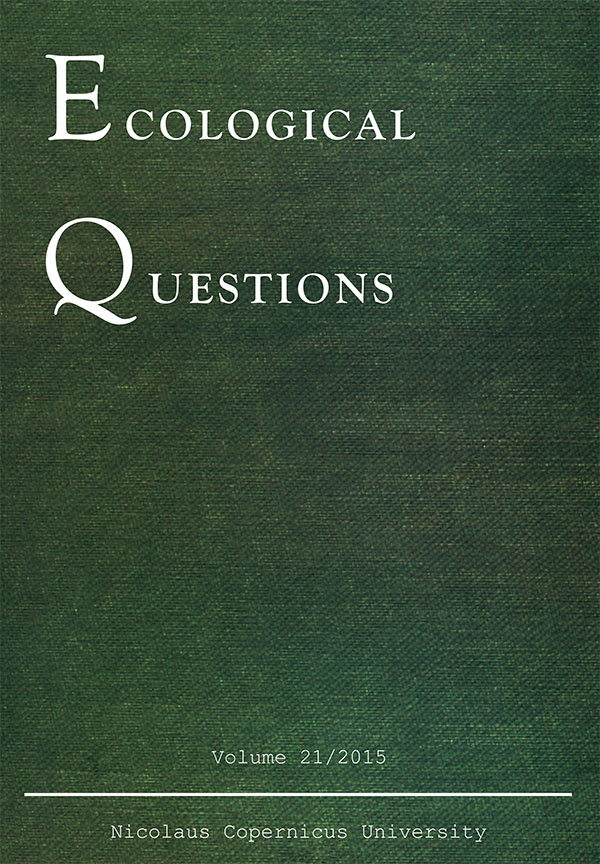Free-range grazing by large herbivores in degraded large-scale dry sandy grassland-heathland ecosystems
DOI:
https://doi.org/10.12775/EQ.2015.015Keywords
year-round grazing, cattle / horses, habitat quality, foraging behaviour, Prunus serotinaAbstract
Free-range grazing by large herbivores combined with one-time mowing of over-aged heathlands offers an excellent management tool to maintain and enhance biodiversity in degraded large scale, low productive, semi-open dry sandy grassland-heathland ecosystems. Grazing improves habitat quality, supports typical species communities and represses invasive species.References
Bakker J.P., Berendse F., 1999, Constraints in the restoration of ecological diversity in grassland and heathland communities, Tree, 14: 63–68.
Bakker J.P., Van Diggelen R., Bekker R.M. & Marrs R.H., 2012, Restoration of Dry Grasslands and Heathlands, [in:] J. van Andel, J. Aronson (eds) Restoration Ecology: The New Frontier, Blackwell Publishing: 173–188.
Bokdam J., Gleichnam J.M., 2000, Effects of grazing by free-ranging cattle on vegetation dynamics in a continental north-west European heathland, Journal of Applied Ecology, 37: 415–431.
Härdtle W., Niemeyer M., Niemeyer T., Assmann T. & Fottner S., 2006, Can management compensate for atmospheric nutrient deposition in heathland ecosystems?, Journal of Applied Ecology, 43: 759–769.
Jakobs J., 1974, Quantitative Measurement of Food Selection, A Modification of the Forage Ratio and Ivlev`s Electivity Index, Oecologia, 14: 413–417.
Lorenz A., Tischew S., Osterloh S., Felinks B., 2013, Konzept für maßnahmenbegleitende naturschutzfachliche Erfolgskontrollen in großen Projektgebieten, Naturschutz und Landschaftsplanung 45: 365–372.
ÖKO & PLAN, 2013, Naturschutzfachliche Erfolgskontrolle von Managementmaßnahmen zum Erhalt und zur Entwicklung von FFH-Offenlandlebensraumtypen im NATURA 2000 Gebiet „Mittlere Oranienbaumer Heide“, Teil Brutvögel. Studie im Auftrag der Hochschule Anhalt, gefördert über ELER Sachsen-Anhalt, Az: 407.1.7–60128/323011000001.
Schwabe A., Süss K. & Storm C., 2013, What are the longterm effects of livestock grazing in steppic sandy grassland with high conservation value? Results from a 12- year field study, Tuexenia, 33: 189–212.
Vanhellemont M., 2009, Present and future population dynamics of Prunus serotina in forests in its introduced range, PhD thesis, Ghent University, Ghent, Belgium.
Downloads
Published
How to Cite
Issue
Section
Stats
Number of views and downloads: 961
Number of citations: 3



